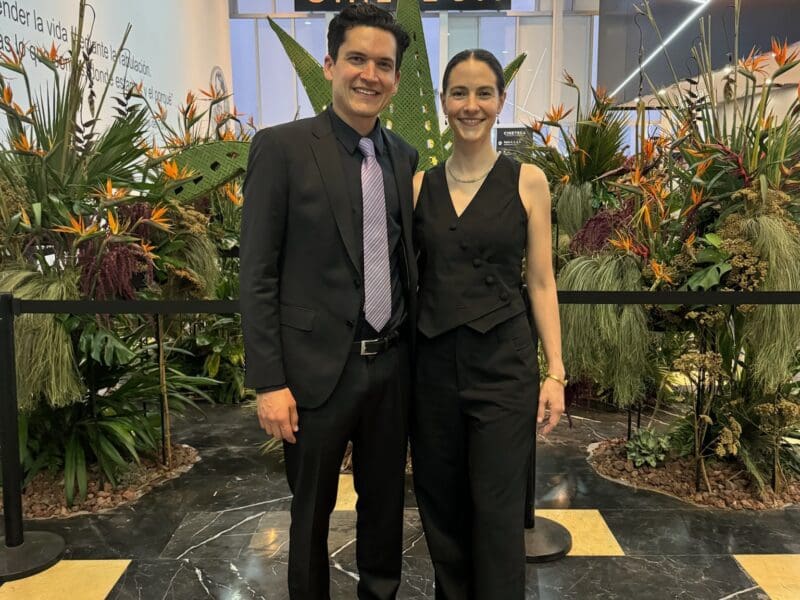
‘Pretty Little Liars’: A microhistory of film and TV texting
When television & movies entered the 21st Century, a new filmmaking issue began to arise: mobile phones were suddenly in everyone’s pockets. Now there was a new concept where everyone was instantaneously connected.
For filmmakers, cutting to a phone screen and back was not visually appealing. An ugly, glaring screen breaks the immersion of the viewer – especially in tense scenes – and disrupts the natural flow of editing. Often, the name of the person calling or the text message itself would need to be increased in order to remain readable.
In recent years, a simple solution has emerged. Shows like House of Cards & Sherlock have adopted a new format that looks to become universal. Instead of a distracting cut to a phone shot, the text words appear cleanly on the screen. Any number of stylistic choices can embellish this technique, but Sherlock’s simple white text is perhaps the definitive solution. However, it wasn’t always this easy.

Pretty Little Liars
As one of the first drama shows that tried to utilize texting in a big way, this slick & sexy teen thriller was eventually bloated with all sorts of troubling contrivances and plot convolutions, and its approach to the frequent texting didn’t help.
The show’s amateur teenage sleuths were frequently harassed by troubling texts from the mysterious Mr. A, but most of its potential for suspense was squandered by quick cuts between a bright screen and its actresses – a misstep that should have taken a leaf out of Sherlock’s book.
Chatroom
From the mind of Hideo Nakata – director of Ringu & Dark Water – Chatroom takes an off-the-wall approach to depicting online messaging. Before the unnecessary experimentation with the medium stopped, Nakata took the same technological paranoias that made Ringu so fresh and tried to score big again, this time constructing a metaphorical hotel in which members of the chatroom would seemingly interact in real life.
Featuring early performances from Aaron Taylor-Johnson (Nocturnal Animals) and Daniel Kaluuya (Get Out), its approaches to internet visualisation were simply too bizarre to succeed.
Hollyoaks
Surprisingly, one of the earlier televisual examples of texts on screen that are so common now can be found in a British soap opera. Using camera tracking techniques and smart rendering, the text bubbles would float and move with the characters. Sadly, the low-brow tone of the show wasn’t as smart as its approach to texting, so it took a while for the method to catch on elsewhere.

All About Lily Chou-Chou
It makes sense that the Japanese would be responsible for one of the earliest uses of the seemingly advanced visual methods we now take for granted. All the way back in 2001, director Shunji Iwai (Love Letter) got close to perfecting texts on screen, with Japanese lettering that moves and scrolls through the character’s environments.
The service was invented in the UK, but Japan was one of the first countries to adopt the new form of communication. Makes sense they wouldn’t shy away from it in their films.
Sex Drive
Like Hollyoaks, the text bubbles used in raunchy comedy Sex Drive are as erratic as a teenage boy’s libido. Tracking either the character or their device, the camera tracking can’t seem to make up its mind on how to display the messages. Far from Sherlock’s clean, white text, the messages crowd the screen with ugly text bubbles that instantly date its look.
Sherlock
Later episodes eventually take the revolutionary technique to obnoxious levels, but within the show’s first moments, the definitive method of projecting text messages on screen is found.
With screens and no bubbles, a nice little layer of audience participation is also provided by the fact the sender’s identity gets removed, forcing the viewer to figure out who the text is from. However, it all becomes a bit clustered when the same visual is used for Sherlock’s “mind palace”.

House of Cards
We’re unlikely to see Frank Underwood’s smug look as he sends a provocative text message ever again, but House of Cards borrowing the method from Sherlock and others like it is another example of slick & easy text-to-screen translation. David Fincher (Zodiac) brings his cinematic knowhow to the small screen, representing the texts in cold, grey bubbles that reflect the atmospheric and desolate color palette of the show.
Chef
This show also used Sherlock’s popularised form, but this time for Tweeting. Jon Favreau’s Chef deserves a mention here simply for its adorable animation, using the blue bird of the Twitter logo to punctuate the messages with a small “cheep”.
Personal Shopper
Returning the use of texting in film to a simpler time, the underrated independent movie Personal Shopper is one of the only examples of effective tension portrayed through texting. Mourning the loss of her twin brother, Stewart experiences ghostly apparitions around the house and receives mysterious text messages, apparently from her brother in another, spiritual realm.
Ditching fancier methods of visualisation, the long shots show the mobile phone in hand, contemplating the text to derive suspense and intimacy. Old school, but it works.







